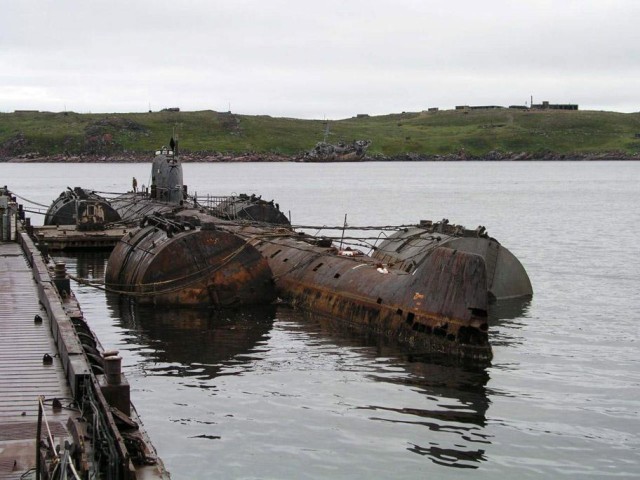
New Managing Director for Bellona Norway
The Board of the Bellona Foundation has appointed former Minister of Climate and the Environment Sveinung Rotevatn as Managing Director of Bellona No...
News

Publish date: May 21, 2002
Written by: Erik Martiniussen
News
It was the Norwegian Prime Minister, Kjell Magne Bondevik, who brought up this issue during today’s talks between the two Prime Ministers. According to the Norwegian news bureau, NTB, Mr. Blair said he understood the great concern about the Sellafield discharges in Norway, and promised his Norwegian colleague to consider possible ways to clean out technetium-99, and store it on land. The Sellafield-case has thus been raised to the level of Prime Ministers.
At present time great amounts of Tc-99 are discharged into the marine environment every year. This radioactive isotope is polluting the Norwegian coast, and can be traced in the environment all the way up to Svalbard.
Delayed several times
According to NTB Prime Minister Kjell Magne Bondevik is now more optimistic about the Sellafield-case, however, he has no reason to overdo it.
The British Government has yet to come up with a decision on what to do with the radioactive substance. There has been a hearing process in Great Britain concerning this issue, which was supposed to conclude with a decision before Christmas last year. The decision was however delayed until March, and then delayed again. It is still uncertain when the British Government will come to a decision.
In the recommendation from the British Environmental Agency (EA) there is a proposal to try out a chemical purification technique, which includes the use of Tetraphenylphosphonium bromide (TPP). There are however some uncertainties concerning how this technology will work. Also the process yields a precipitation product (tetraphenylphosphonium) which in smaller or larger amounts will be discharged into the marine environment. This is a toxin that even in very low concentrations harms the marine environment.
The discharges continues
Today the liquid Tc-99 is stored in big tanks on shore. It is this historic waste that the owner of the Sellafield plant, the British Nuclear Fuels Ltd, gradually discharges into the Irish Sea. There is still about 2.700 cubic meters of liquid waste remaining in these tanks. If the discharge permit is not restricted the BNFL will over the next four years release all this waste into the sea. This may add up to 300 Terabequerel (TBq) of Tc-99.
During the North Sea conference, held in the Norwegian town of Bergen in March, the Bellona Foundation proposed that the liquid Tc-99 waste should be vitrified, turned into glass and finally stored in steel containers on shore. This is one of the proposals British authorities are now considering.
According to Mr. Bondevik the British Government itself will take the decision about what to do with the liquid Tc-99 waste. But the Norwegian Prime Minister did not receive any guarantees about when the decision will be made.

The Board of the Bellona Foundation has appointed former Minister of Climate and the Environment Sveinung Rotevatn as Managing Director of Bellona No...

Økokrim, Norway’s authority for investigating and prosecuting economic and environmental crime, has imposed a record fine on Equinor following a comp...

Our op-ed originally appeared in The Moscow Times. For more than three decades, Russia has been burdened with the remains of the Soviet ...

The United Nation’s COP30 global climate negotiations in Belém, Brazil ended this weekend with a watered-down resolution that failed to halt deforest...